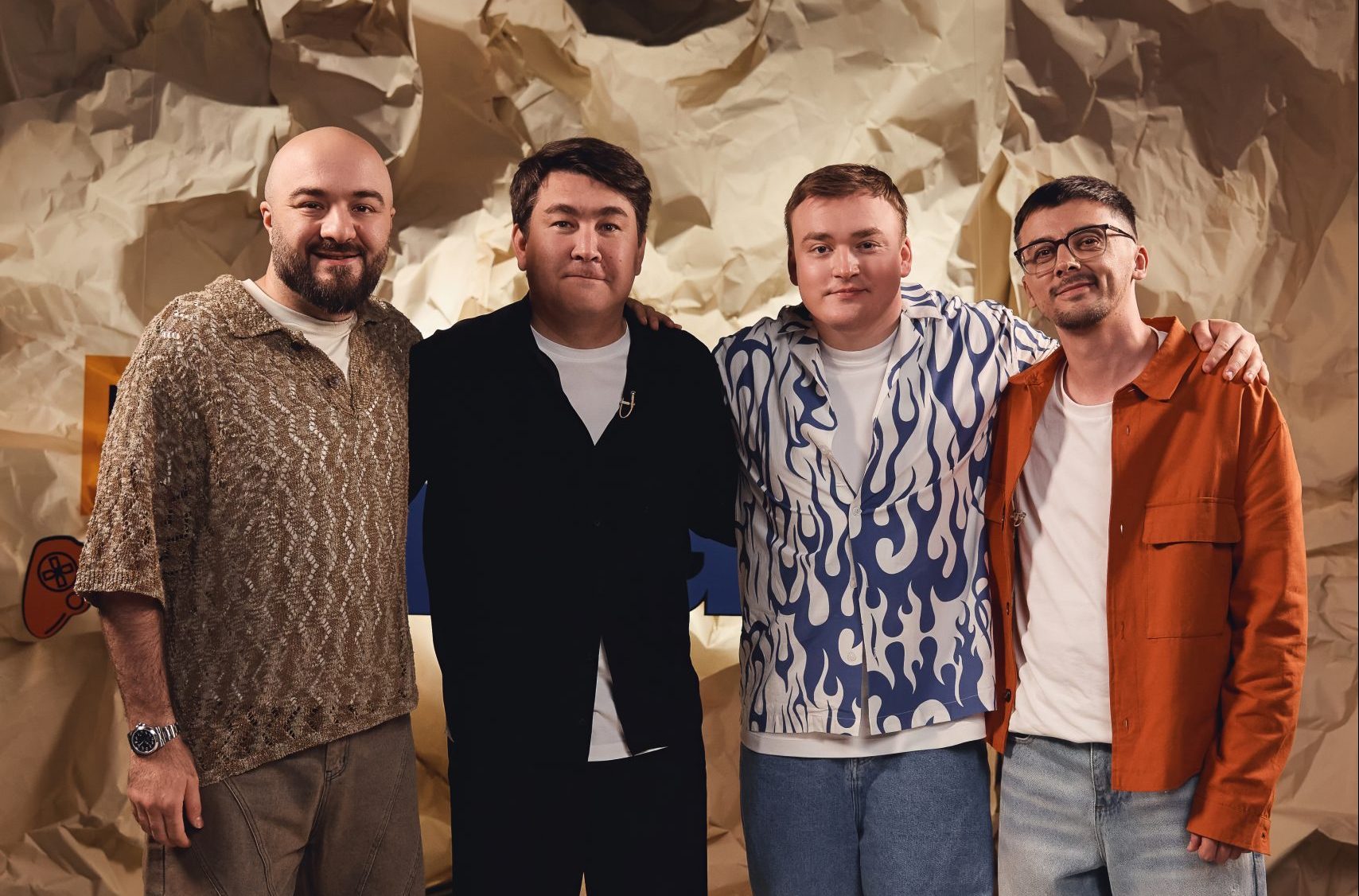It is known that the Celts were famous warriors. And that their society was not about peace and quiet. It was not for nothing that many tribes and kingdoms were almost constantly at war with each other, so that the life of the Celts was devoted to preparing or fighting in conflicts of various magnitudes.
They came two millennia ago to rule various parts of Europe and Asia Minor. However, as no written trace of its passage has been left, its history remains a true mystery today.
Of these Indo-European tribes we know almost only the remains of archaeological excavations, as well as the facts reported by the Greeks and Romans. Thanks to all this, we know that the Celtic people were built and organized in an area that includes Austria, Switzerland, Germany, western Hungary, western Slovakia and southern Italy.
For example, we know of the existence of blacksmiths, druids and poets, who were considered the most respected members of society for their role in warfare, and the presence of judges, doctors and craftsmen. In addition, the position of women in Celtic society was essential, as they had the same rights as men. But who were the Celts really and what should we know about them?
On this occasion, we are exclusively revealing a chapter of the new book coordinated by Gonzalo Ruiz Zapaterotitled Celts. Warriors, artists and druidsrecently published by Pinolia Publishers.
Archaeological research on the Celts began in Central Europe in the mid-19th century. The first car graves in the Rhine Valley, Germany, were excavated from 1830; A little later, excavations began at the Austrian site of Hallstatt (1848), which would become so famous that it would be called the First Iron Age, and in 1856 work began on the site of La Tène (Switzerland) — a place of votive offerings on the waters -, which served to characterize the Second Iron Age. Between 1861 and 1865, work was carried out in Alesia (northeast of France), an emblematic place because the Gallic chief Vercingétorix resisted the Roman siege here to the end in 52 BC. C. The excavations and interpretation were possible thanks to the personal interest of Napoleon III (1808-1873), and Alesia and Vercingétorix became the great Gallic myths.
The 1860s represented the first demarcation of the study area of the Iron Age and of the Celts, who soon became associated with the end of the La Tène period. Thus, the Celts referred to in the classical Greco-Latin sources and the Latin archaeological culture were linked. The study of classical texts was promoted during the Renaissance and in the late 18th century, the identification of the Celtic linguistic tribe would be the beginning of the Celtic historical linguistics that helped to define these peoples. The contest of archeology in the mid-nineteenth century would eventually give the Celts a “material face” from classical and paleo-linguistic sources. Classical texts, Celtic languages and archeology shaped the concept of the ancient Celts in Central and Western Europe. But discussions of interpretations of passages in the Greco-Latin records, the intricacies of paleo-linguistics and boring catalogs of archaeological finds did not help to popularize the Celts. However, the fascination with them grew in almost all of Europe.
Graphic display
The Celts were associated with the creation and/or strengthening of nation-states, for as far as they were the first peoples with a known name in the ancient history of Europe, they built a noble, prestigious and still attractive past . The Celts needed graphic representation to gain ground in popular culture against the certain elitism of historians, philologists and archaeologists. To believe in the Celts one had to “see” the Celts. And that’s what the French textbooks and the big posters of the nineteenth century schools started to do. They made the Celts visible, they showed them in drawings and vignettes that summarized the most famous episodes and their way of life – the famous round huts – and they did this in the primary education of almost all citizens. The depictions of the Celts focused on two very specific types: the figure of the warrior, chief and rix, and the druid, the wise priests and soothsayers. But when Celtic archeology took its first steps in the mid-nineteenth century, the construction of popular images was left to the inspiration of artists, who collected images and traditions of the Romantic period, imagined by bards like Ossian, which were gradually absorbed into the rich visual imagination Celtic.
The artists’ “imagined” prints predate the archaeological discovery of the Celts. The visual image was created before knowledge.
Very effectively, the school images were powerful, enduring, and persistent, and penetrated the minds of the students. Although errors and false information were the order of the day, as a recent exhibition entitled “A Gaul in my wallet” (2017) showed. From the same year a book, Gaulois. Images, Usages & Stereotypes critically questions the slippery image of the Gauls, which oscillates between historical manipulation and modern archaeology. Images contain knowledge, intentions and ideologies, but from their “deconstruction” we learn very interesting things.
New Celts
The visual imagination of the 19th century lasted well into the 20th century, as a deep and stable paradigm. Little by little – and sometimes in parallel – other fantasies were added to the school imagination, primarily “statue mania” and historical painting. In the last decades of the 19th century and the beginning of the 20th century, statues of Vercingétorix were erected in Alesia itself (1865) and Clermont-Ferrand (1870), of Ambiorix, king of the Eburones and Belgian founder in Tongeren (1866). ), of the Lusitanian Viriato in Viseu (Portugal)—a national monument since 1910—and in Zamora (1903), and of the British Queen Boudica in London (1902). History painting fixed clichés of the Celts, by the great figures mentioned, some historical facts – fall of Alesia and Numancia, migration of the Helvetii and famous battles against Rome -, and Celtic groups, ennobled as ancestors and origins of states / current European peoples.
In the following decades of the 20th century, the Celtic fascination continued to capture the imagination. The Celts jumped into commercials, especially in France, and Les Gaulois inspired creative graphic advertising for food (cured meats, cheeses), liquor (beers, elixirs and herbal teas) and cigarettes (Gauloises: “the cigarette of France, so different, so French”) and even tapes and soaps. In Spain, Celtas cigarettes were more modestly successful in the first decades after the Civil War, and less in other advertisements. They also jumped to central characters in National Histories sticker albums, to works of literature, to comics with educational intent for children and young people, and other highly successful comics, such as the asterix adventures, which has had 39 albums published since 1959, translated into more than a hundred languages and sold by the hundreds of millions. Perhaps the most famous Celts in the world. Among us chestplatethe Celtiberian (Ed. Maga 1962) was short-lived and successful, but in recent times Celts, Celtiberians and castreños have been reborn in short but almost continuous strips, such as the series The Barbans of P. Carreiro in the northwest, several op Numancia: Twilight Star (2006); Numancia, History of Spain in cartoons (2019); children of the ashes (2020); and we even have some peculiar Aragonese Celtiberians: Thurrakos (2012).
I think the collective imagination works like a kitchen robot, in whose resulting product – if it is measurable – it is difficult to identify the ingredients. Perhaps, as I have suggested elsewhere, we should examine how people create their perceptions of the past, from what sources and what influence each has. And achieve a kind of giant Harris matrix (source stratigraphy) of how popular knowledge is configured.
The most profound changes correspond to the end of the last century and the beginning of the current one. With new, more critical academic studies on the Celts (“New Celticism”) and new lines of inquiry such as paleoethnology and archaeogenetics, they now coincide with the crisis of school knowledge – once almost omnipotent – in the creation of the popular imagination. . The “new Celts” have strong connotations of the old clichés, but also new carriers and new sources of distortion. These are the Celts of the 21st century who have attacked television, film, mass media, internet pages, mythological publications – as well as magic, tarot and other esoteric and New Age subjects. , heroic fantasy comics and full-length fiction and educational video games.
“Celtomania” has expanded its boundaries vigorously and not always for the better, but it is good to pay attention and get to know it in order to demystify errors and criticize excesses, out of deep respect but also out of a firm commitment to research and our obligation to disseminate information to reach a wider audience, the better. Because all target groups have their dignity. Finally, it may be necessary to say that the Celts are always “reinvented” and, to paraphrase the great Jacquetta Hawkes, that “every age has the Celts it deserves or desires.”
Source: Marie Claire
Errol Villanueva is an author and lifestyle journalist who writes for The Fashion Vibes. With a passion for exploring the latest trends in fashion, food, travel, and wellness, Errol’s articles are a must-read for anyone interested in living a stylish and fulfilling life.





